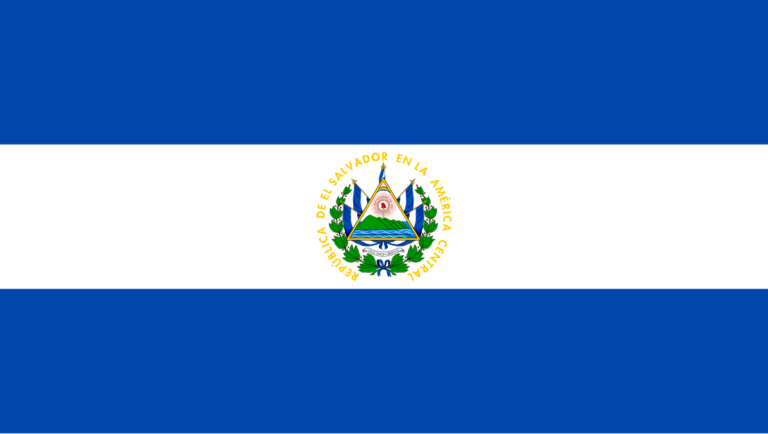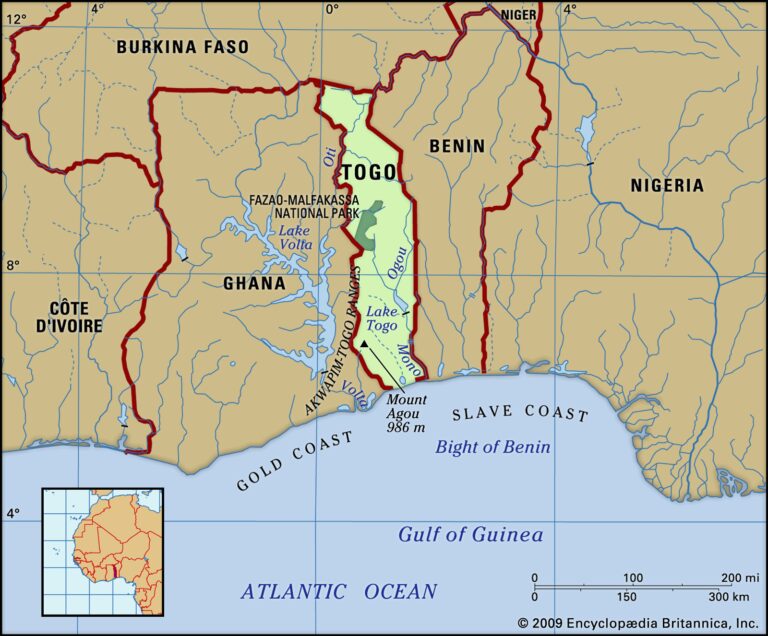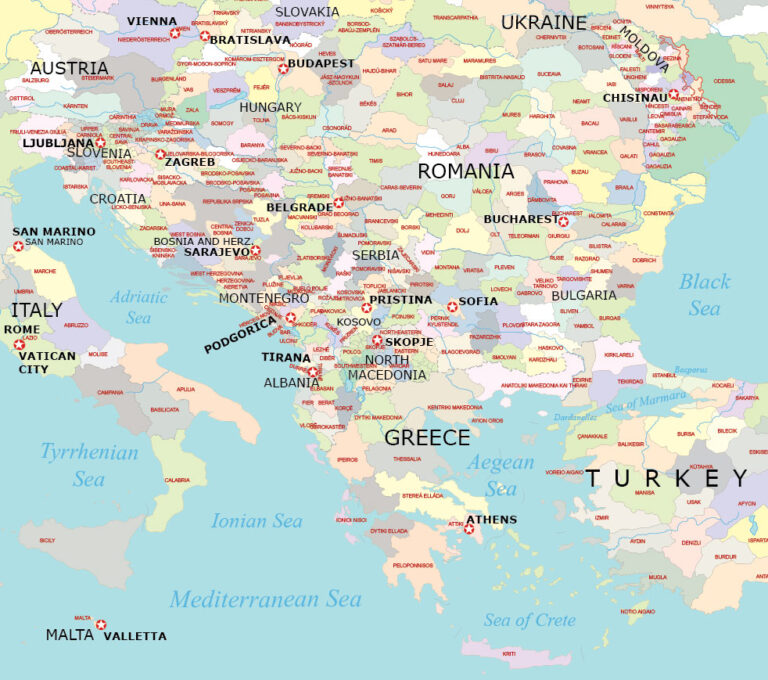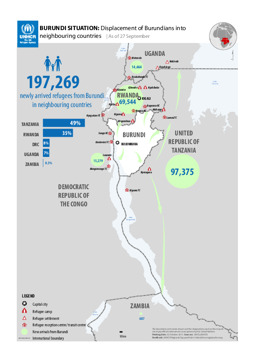Libya Neighbouring Countries and North African Borders
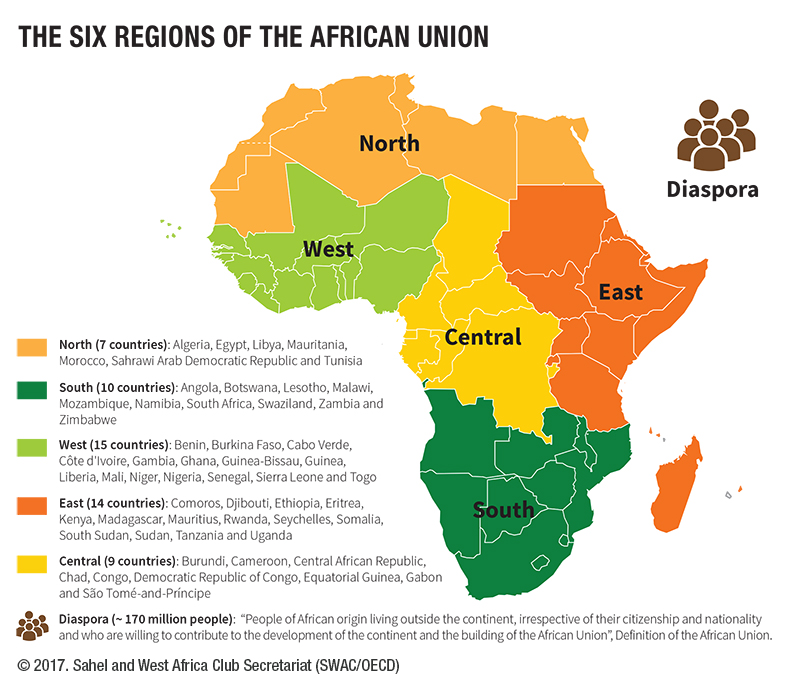
Borders of Libya
Neighboring Countries Overview
Libya is tucked in North Africa, making friends with six countries that shake up its political scene. Here’s who lines its borders:
- Egypt cuddles up on the east
- Sudan gives a nod from the southeast
- Chad hangs out to the south
- Niger chit-chats on the southwest
- Algeria waves from the west
- Tunisia is the northwest neighbor
Don’t forget the Mediterranean Sea which kisses Libya’s northern shore, spicing up its weather and trade (Britannica).
Border Lengths and Geographical Features
Knowing how long and tough Libya’s borderlines are tells us how it rubs shoulders with others and keeps its territory tight. Here’s Libya’s border tally:
| Neighboring Country | Border Length (miles) |
|---|---|
| Egypt | 694 |
| Sudan | 238 |
| Chad | 652 |
| Niger | 221 |
| Algeria | 593 |
| Tunisia | 285 |
Total boundary on land: 2,702 miles
Seashore flirt with the Mediterranean: 1,100 miles
(Source: World Atlas)
Geographical Features:
- East Coast with Egypt: Swathes of sandy desert that belong to the Sahara army.
- Southeast with Sudan: Harsh, dry lands causing some serious travel headaches.
- South with Chad and Niger: Those Tibesti Mountains and the great Sahara spread their wings here.
- West Boundaries with Algeria and Tunisia: Mixes up hills and sandy stretches.
These landscapes not only shape security but jazz up economic gigs too. For a peek at how Libya plays nice with its neighbors, swing by Libya’s Relationship with Neighboring Countries. Curious about other countries? Check out egypt neighboring countries and chad neighboring countries.
Libya’s Relationship with Neighboring Countries
Libya rubs shoulders with six countries: Egypt, Sudan, Chad, Niger, Algeria, and Tunisia. The ties with these neighbors are colored by a patchwork of historical bonds, politics, and trade dealings.
Historical Connections
Back in the day, Libya’s two big regions, Tripolitania and Cyrenaica, were buddy-buddy with nearby lands more than with each other (Britannica).
- Tripolitania: Hugging the west side of Libya, Tripolitania was thick as thieves with Tunisia. The hustle and bustle of trade, culture, and social life with Tunisia ran deeper than its ties within Libya.
- Cyrenaica: This eastern turf was tight with Egypt. These historical links with Egypt helped mold Cyrenaica’s growth and make friends.
Libya’s glue as a nation has been less about the past and more about the Sanūsiyyah movement, the Italian era, and oil striking it big (Britannica).
| Region | Neighboring Country | Historical Connection |
|---|---|---|
| Tripolitania | Tunisia | Cultural and trade doodads |
| Cyrenaica | Egypt | Historical and social ties |
Political and Economic Interactions
Libya’s dance with its neighbors is a colorful mix of politics and money.
- Tunisia: Libya and Tunisia go way back with politics and deal-making. Both have raked in benefits from trading buddies and swapping workers. Loads of Tunisians have found jobs in Libya, boosting economic bridges.
- Egypt: Their bond is like a seesaw, full of ups and downs, with both teamwork and a bit of a cold shoulder. Changes in the political wind impact their ties, but working together on trade and jobs is still their jam.
- Algeria: The neighborly chat here is all about keeping the peace where there’s no rule of law. Joint efforts to clamp down on troublemakers and swap goods have been key.
- Niger and Chad: The hot topic with these guys is keeping borders secure, mainly dealing with weapons and people moving around in the shadows.
- Sudan: Old-time ties are now yoked to economic swaps, especially in farming.
Libya’s ride through history, especially the Italian colonial times and what came after (Britannica), leaves its mark on today’s political and moneymaking scene. Striking oil in the late ’50s put Libya on the map, bumping up its importance and dealings in the region.
Find more cool geopolitical stories in our pieces on Egypt’s neighboring countries and Greece’s neighboring countries.
Libya’s relationships with nearby countries are a cocktail of past vibes, power plays, and trade ties. From border chats to swapping goods and keeping safe, Libya juggles its connections on a rich historical canvas.
Border Security Challenges
Libya’s borders are like a security puzzle, tricky to solve and vital for keeping the peace nearby.
Ungoverned Border Areas
Libya rubs shoulders with Chad, Niger, Mali, Algeria, and Sudan, stretching over 4,300 kilometers. After Qaddafi’s departure, things got messy, turning governance into a kind of perpetual chaos. Widespread lawlessness along these borders has let all sorts of shady dealings prosper.
Armed groups are muscling in, claiming key crossing points, making it even harder for Libya to handle its sprawling frontier (Carnegie Endowment). Control fights rage on over border posts and cross-border trade, turning things into a free-for-all in these unguarded zones.
Table 1: Libya’s Border Lengths
| Country | Border Length (km) |
|---|---|
| Chad | 1,055 |
| Niger | 354 |
| Mali | 514 |
| Algeria | 982 |
| Sudan | 383 |
Implications for Regional Security
The border drama in Libya isn’t just a home game; it spills over into the neighbors’ backyards too. Take Mali, where Tuareg rebels and jihadist groups, armed with Libyan weaponry, have stirred trouble in places like northern Mali (Carnegie Endowment).
In the 2000s, Libya turned into a bustling hub for trafficking, affecting not just neighbors but also places further afield like Malta and Italy. Smugglers carried people and drugs into Europe, turning a profit from chaos. Early security deals did slow the tide for a bit (Carnegie Endowment). But when Qaddafi’s regime collapsed, it was like the floodgates opened again, adding to the region’s headaches.
Libya’s border security struggles show just how tough managing this sprawling, wild land can be. Curious about border maneuvers elsewhere? You might find our articles on Egypt’s Neighboring Countries or Germany’s Neighboring Countries enlightening.
Border Conflicts and Illicit Activities
Libya, with its sprawling borders and fragile governance, has become a playground for some of the world’s sneakiest illicit activities. The mix of chaotic border skirmishes and lax oversight makes it prime real estate for sneaky operations like arms smuggling and human trafficking.
Arms Trafficking
After Qaddafi was overthrown, Libya turned into a bit of a Wild West scenario, with no sheriff in town to keep things in line. Long stretches of border—imagine a daunting 4,300 kilometers—are pretty much left unguarded, providing a dream opportunity for arms trafficking to flourish. These open borders spell trouble for the whole neighborhood, as Libyan weapons have a knack for finding their way into nearby turf wars.
Take Mali, for instance, where Tuareg rebels and some not-so-friendly Islamist groups get their power boost from Libyan arms. This action-packed scenario amps up violence across the Sahel region, making it a less-than-safe space to be wandering around.
| Impact on Neighboring Countries | Example |
|---|---|
| Mali | Tuareg rebels and Islamist groups playing with Libyan toys |
| Niger | Spike in nastiness due to Libyan firepower |
Human Trafficking
Libya sits in a delicate spot, acting like a revolving door for those caught in human trafficking peppered with aspirations of finding a better life in Europe. Back in the 2000s, Libya was a major launching pad for migrants aiming to make their way across the Mediterranean to places like Malta and Italy. This sparked chaos not just for home countries of these migrants but also for their chosen landing spots.
There have been many attempts to slam the door on this business with some nifty agreements and beefed-up border surveillance, slowing down the flow of boats landing in Europe. But the folks doing the trafficking? They’re adaptable, always finding new ways to give authorities the slip.
Key Stats
| Key Aspect | Number |
|---|---|
| Libya Border Sizing | Over 4,300 kilometers of trouble |
| Main Targets for Traffickers | Italy, Malta |
Continued cavalier border situations in Libya mean a headache for battling arms and human smuggling. The governance gaps don’t just bother Libya; they shake up peace and stability all over North Africa.
For some tricks and tales from other countries in similar pickles, check out how Egypt dances with its neighbors or the strategies shaking Ethiopia for some fresh insights.
Economic Impact of Borders
Libya’s economy really dances to the tune set by its location and all those juicy resources sitting near its borders. Let’s take a peek at how its natural goodies and some big-scale plans for farming are giving face to its economic vibes.
Oil and Natural Resources
If Libya was a stock, oil and natural gas would be its big-ticket items, bringing home most of the money and keeping it in business on the world stage. With petroleum treasures scattered around the place, Libya holds a pretty good chunk of Africa’s oil wealth.
| Resource | Estimated Reserve | Global Share (%) |
|---|---|---|
| Oil Reserves | 48 billion barrels | 3 |
| Natural Gas Reserves | 54 trillion cubic feet | 1 |
Folks love Libyan crude because it’s got that low sulfur zing, which makes it easier for those countries keeping an eye on emissions. Plus, other bits like natron, potash, iron ore, and some salty stuff also help plump up Libya’s mineral portfolio.
Agriculture and Water Projects
Farming in Libya isn’t exactly smooth sailing, thanks to its dry-as-bone climate and not much good earth to work with. To give Mother Nature a push, Libya kicked off the Great Man-Made River project. It’s a water-moving marvel aiming to breathe life into some thirsty areas.
| Project | Objective | Scale |
|---|---|---|
| Great Man-Made River | Siphons water for farming and city life | 1,750 miles of pipeline |
By channeling water from ancient underground reserves down south up to the coast and crop zones, this massive project is shaking up the farming scene, turning dust into green and helping the economy grow. Overcoming natural hurdles, Libya’s making sure its agriculture stays on a steady path.
The way these economic themes play out is tied up with Libya’s whereabouts and its neighboring pals. Checking out these connections gives a better idea of how Libya’s playing its economic cards on the big table.
Want more on how Libya’s borders stir up its economy and politics? Venture into our reads on Ethiopia neighboring countries and Equatorial Guinea neighboring countries.
Migration and Border Control
Migration Crisis in Italy
Italy’s knee-deep in a bit of a pickle with folks coming in from Libya. Imagine Lampedusa, an Italian island that’s more like a stepping stone from Africa. This spot’s been quite popular among migrants. Some of these travelers share a deep history with Italy, making this situation even more intricate (Brookings Institution). Upon touching Italian soil, newcomers usually find themselves in reception centers. Think campgrounds providing basic needs but not much chance to work.
| Category | Number of Migrants |
|---|---|
| Migrants from Libya | Not specified |
| Migrants in Reception Centers | Not specified |
These numbers, or rather the lack of concrete ones, show just how swamped Italy is with the ongoing situation. To grasp what’s going on, it helps to look at the bigger picture of where folks are coming from and why.
Security vs. Humanitarian Response
How people see this migration mix-up can change the kind of help that gets offered. Labeling it as a security scare often means building bigger walls and blocking entry. Take Switzerland, for instance; they’re beefing up their borders, thinking of possible migrant floods from Libya and beyond (Brookings Institution).
But treating this like some border brawl misses a huge part of the picture. Many migrants are escaping horrible conditions—wars, persecution, or just no future back home—and need help pronto (Brookings Institution). The urgency here is about human lives, not just national lines in the sand.
| Perspective | Focus | Key Considerations |
|---|---|---|
| Security | Border Control | Preventing unauthorized entry |
| Humanitarian | Migrant Welfare | Providing aid and protection |
Finding middle ground is crucial. Yes, keep an eye on borders, but don’t forget to lend a hand to those in need. This requires everyone—from governments to everyday folks and international groups—to pitch in and make it work.
Those curious might want to check out more on nearby countries like Italy’s neighbors or even who borders the Dominican Republic.

